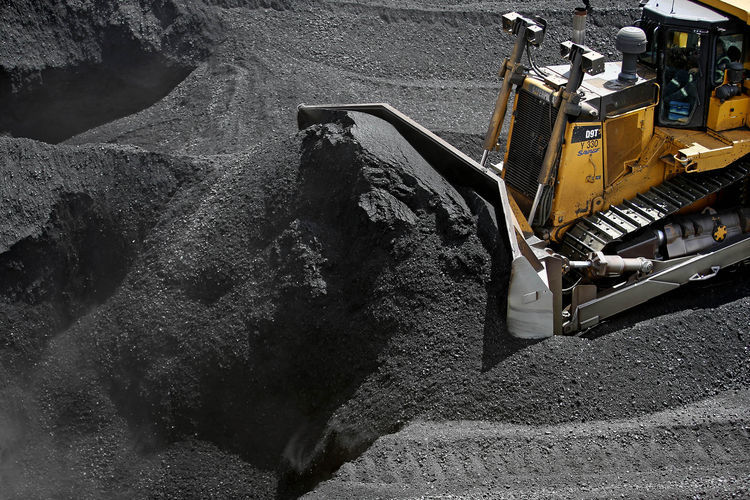
Coal appears to have no future in the energy market as consumption fell sharply for the second year in a row, BP said yesterday.
In its 66th annual Statistical Review of World Energy, BP said coal was the largest source of energy demand growth as recently as four years ago, but had suffered a stark turnaround in fortunes.
BP also said 2016 was a year of adjustment for the oil market, which benefitted from stronger demand and weaker supply, though inventories continued to weigh on prices.
Stronger demand was almost entirely down to oil importers, with both India and Europe posting unusually strong increases, according to the report.
Weaker supply was driven by non-Opec production, which fell by 800,000 barrels per day, its largest decline for almost 25 years.
And carbon emissions were flat for the third consecutive year as energy markets shifted away from coal, while renewables thrived, the report showed.
BP chief economist Spencer Dale said: “There may be further ups and downs in the fortunes of coal over coming years, but the weakness in recent years does seem to signal a fairly decisive break from the past.”
US President Donald Trump has vowed to support the coal industry and create more jobs for miners, though critics have said any gains from this policy will be short-lived.
Mr Dale said the actions of US shale and Opec had dominated oil markets since the crude price collapse in 2014.
He said the downturn taught him that the US shale industry was like a “weeble”, a small egg-shaped toy that wobbles but doesn’t fall down.
He said US tight oil fell back more quickly than conventional oil in responding to price signals, but as the market adjusted it sprung back, “just like a weeble”.
Meanwhile, he concluded that Opec was a “central force” which was effective for stabilising the market when faced with short-term aberrations, not structural shifts.
Mr Dale said stability and energy markets don’t go together and that “booms and busts” were the norm.
He also pointed to a longer run trend towards slower energy growth, driven by gains in energy efficiency.
The leading light of the energy transition is renewable power, which continued to grow rapidly last year, led by wind and solar, the report said.
China surpassed the US to become the largest producer of renewable power, though European growth was weaker.
The plateau in carbon emissions over the past three years is in sharp contrast to the 10 years before that, in which they grew by almost 2.5% per year, according to BP.
The slowdown largely reflects faster declines in the average amount of carbon emitted per unit of GDP, driven by improvements in energy efficiency and the fuel mix.
Recommended for you

